Proper insulation in the attic can help protect the space from the cold. Winterizing a vent pipe is particularly important to defend its material from freezing. But how can you insulate an attic vent pipe? We researched for your convenience and found the following answer.
Make the necessary preparations for the attic vent pipe insulation installation, such as wearing proper clothing. After organizing yourself and the essential items for the project, continue the job by following these steps:
- Use sheet metal scissors to cut aluminum flashing to size.
- Apply high-heat silicone caulk to the attic flooring. Then, press the flashing into the sealed floor.
- Secure the current setup with a staple gun.
- Seal the gap in the middle of the flue and flashing.
- Cut more flashing and wrap it around the vent pipe.
- Cut slots above and below the wrapped flashing. Bend the top slots inward and the bottom ones outward.
- Wrap the attic’s dam around the vent pipe and seal the assembly with caulk and staples.
Take note that insulation installations, particularly those concerning vent pipes, often demand sufficient knowledge and skill concerning these tasks. Lack of confidence or understanding with the job may promote expensive mistakes. Continue reading as we talk about these steps to insulate an attic vent pipe in greater detail.

Do Pipes In Attic Need To Be Insulated?
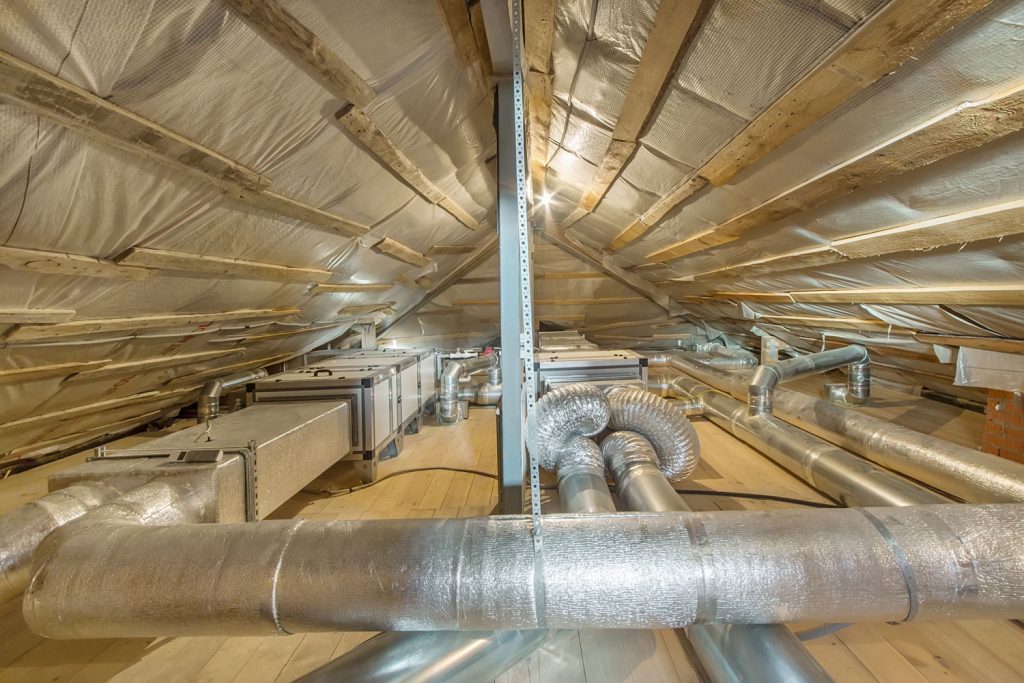
Homeowners can insulate their attic pipes to experience different benefits. For instance, adding insulation to the attic can help reduce energy costs by up to 20%. Also, the right insulating material can aid in preventing pipes from freezing in the winter.
Keep in mind that insulation types may provide better advantages to homes in some states than others. In particular, properties in Texas often do well with fiberglass insulation. Find out more about attic insulation for Texas homes by reading our post on that subject matter.
Can You Put Insulation Around Vent Pipe?
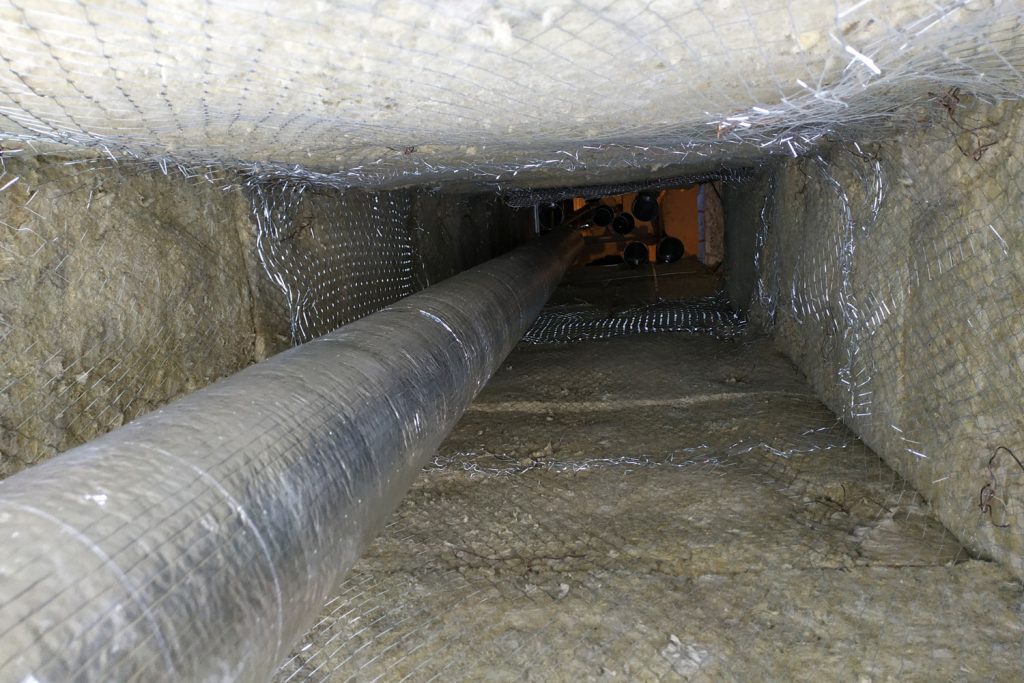
It's possible to install insulation around a vent pipe. But installers should pay careful attention to the installation process to prevent costly mishaps.
For instance, it’s not advisable to insulate a vent pipe in the attic with fiberglass without applying specific anti-heat measures. Although the material is quite impervious to hot temperatures, it can still melt if exposed to high heat for extended periods. This melted state can be flammable, which can become a precursor to house fires.
Insulation installation should also leave a space of about 4 inches above and below the roof’s dam. Energy Star recommends the insulation to use has a thickness of about 10 to 14 inches. Even if the insulating agent has a 14-inch density, it should still leave sufficient room for a gap between the vent pipe and the roof dam.
Check out this 14-inch attic roof wrap on Amazon.
How Do You Insulate An Attic Vent Pipe?
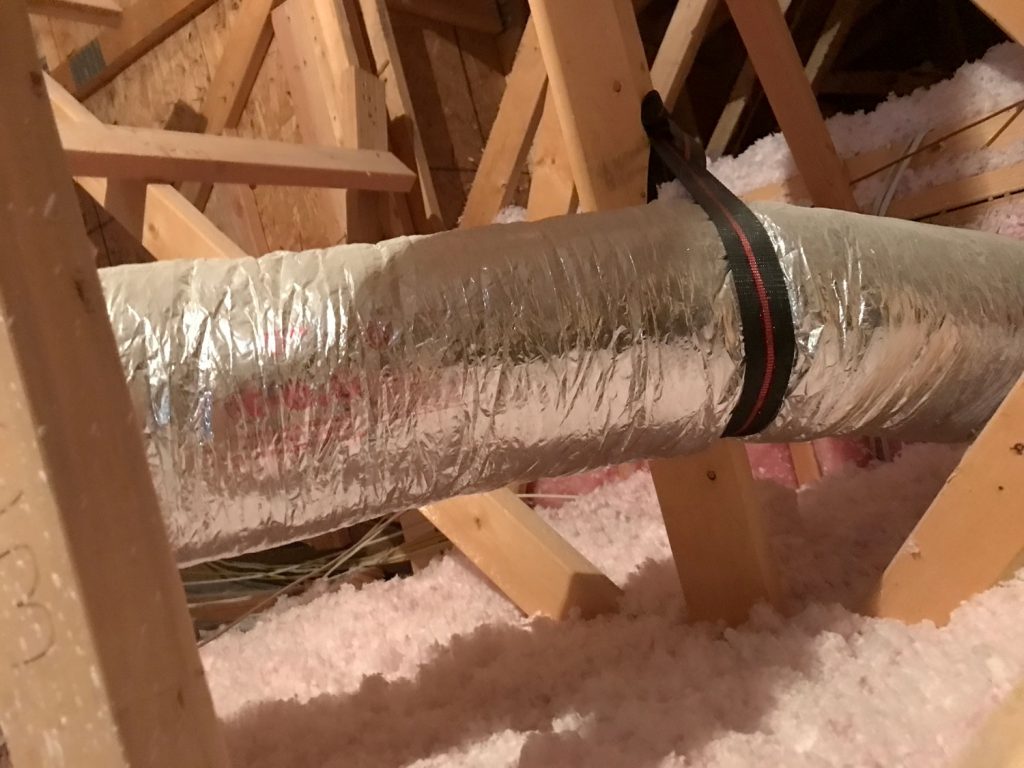
Homeowners can still use fiberglass insulation to enhance the thermal resistance of their attic vent pipes. But extra care should be in place, such as applying heat-resistant caulk for the seal to reduce the risks of the material melting around the piping.
Additionally, take note of the following precautions before attempting this project:
- Wear full-coverage clothing. Gloves, trousers, and long-sleeved shirts can protect the skin from cuts and irritation from airborne fiberglass.
- Wear a respirator. Inhaling fiberglass particulates may bring harm to the respiratory system.
- Work in a well-ventilated space. Ensure that the ventilation doesn't have a blockage to help it blow dust and fiberglass away from the space.
- Only work in well-lighted conditions. Turn on the lights in the attic every time working with installation to avoid errors. If lights aren’t currently available, use a flashlight or torch.
- Stay hydrated. Wearing heavy pieces of clothing while working in the attic can dehydrate you. Take breaks and drink fluids, especially water, when necessary.
If you’re not confident in going through with this task, or you deem that your current knowledge and skill in installing fiberglass insulation is currently insufficient, it might be best to leave this job to certified professionals. However, you can continue with this undertaking if you have faith in your understanding and abilities in insulating your attic’s vent pipe.
What You’ll Need
- Sheet metal scissors
- Utility knife
- High-heat silicone caulk
- 14-inch aluminum flashing
- Staple gun
- Staples
- Fiberglass boards (as many as needed)
Check out this high-heat silicone seal on Amazon.
Step-by-Step Guide
- Cut the aluminum flashing to size using sheet metal scissors.
- Seal the attic flooring with the high-heat silicone caulk. Then, press the aluminum flashing into the sealed floor.
- Secure the flashing assembly using the staple gun.
- Seal the space between the flue and aluminum flashing with the silicone caulk.
- Cut additional aluminum flashing and wrap it around the vent pipe. Make sure that you have exceeded the pipe's length by at least 6 inches.
- Use the utility knife to cut slots of about 1-inch deep along the vent’s top area. Ensure that each slot is a few inches apart.
- Bend the newly formed tabs inward.
- Cut new 2-inch deep slots at the bottom side of the vent’s insulation wrap. This time, bend the tabs outward.
- Wrap the dam around the pipe and apply caulk and staples onto the bottom tabs to secure it onto the attic floor.
- Verify that the top tabs should leave a 1-inch gap between the dam and the vent pipe. However, if your home has a single-walled vent pipe, the gap should be 6 inches instead of an inch.
Installers may run into some issues during the vent pipe installation process. Watch the video below to gain an idea of certain challenges you might encounter for this job:
Additionally, read our post on the correct attic insulation orientation to ensure that you’re installing the material correctly.
Does Foam Pipe Insulation Prevent Freezing?
Spray foam insulation (SPF) can help prevent an attic vent pipe from freezing. But this insulating material is flammable, making it more challenging than standard insulation installation practices.
However, SPF insulation has a class 1-hour fire rating, which means it has the thermal resistance to protect against a typical fire for one hour. Therefore, even if this type of insulation is susceptible to high heat, it can at least help prevent the spread of fire.
Also, keep in mind that wrapping pipes with SPF insulation isn’t the only solution to winterize these fixtures. The video below will teach you how to keep your attic vents and pipes from freezing in the cold seasons.
Why Is Pink Insulation Coming Out Of Vents?
Pink fiberglass insulation coming out of the vents generally means one of two issues. First, the ductwork contracted damage from improper cleaning and maintenance practices. The second possible reason for this problem is that pests residing between the home’s walls are pushing the insulation out of the vents.
What R-Value Do I Need In The Attic?
The recommended R-value to use in an attic often depends on the property’s location. For instance, homes in California will do well with attic insulation R-values between R-30 and R-60. But households in Alaska generally do better with higher R-values of R-49 to R-60.
Additionally, take note that R-values are cumulative. In other words, overlapping different insulating materials will cause the space’s R-values to increase. Avoid over-insulating the attic to prevent certain issues from surfacing.
Check out this R-30 fiberglass batt insulation on Amazon.
Can You Over Insulate Your Attic?
Adding more insulation than necessary to relatively any space, particularly the attic often leads to diminishing returns. For instance, if an attic has poor ventilation and an excessive amount of insulation, the heat-resisting agent can trap moisture.
Leaving the space unmaintained or unsupervised may result in problems like mold growth and pest infestations. Find out more about over-insulating an attic by reading our post on that topic.
How Much Does Attic Insulation Cost Per Square Foot?
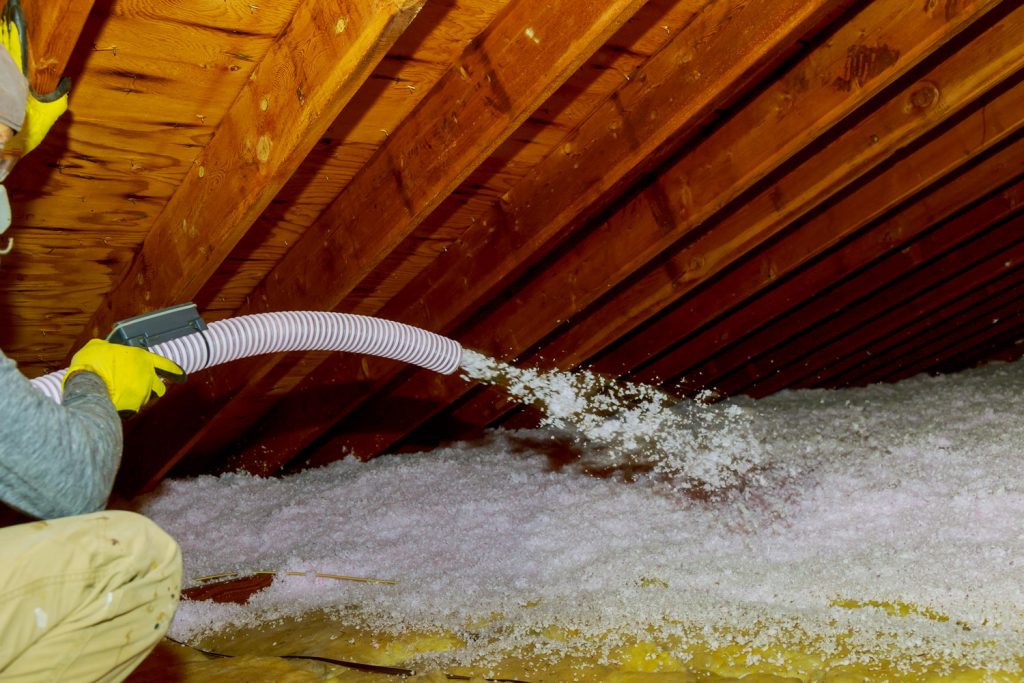
Professional attic insulation installation services cost about $1 to $7 per square foot. Homeowners should expect to spend approximately $1,500 for the entire project, which comprises labor and materials. On the other hand, homes with fairly small attics may only demand about $500 for the install process’ overhead.
Final Words
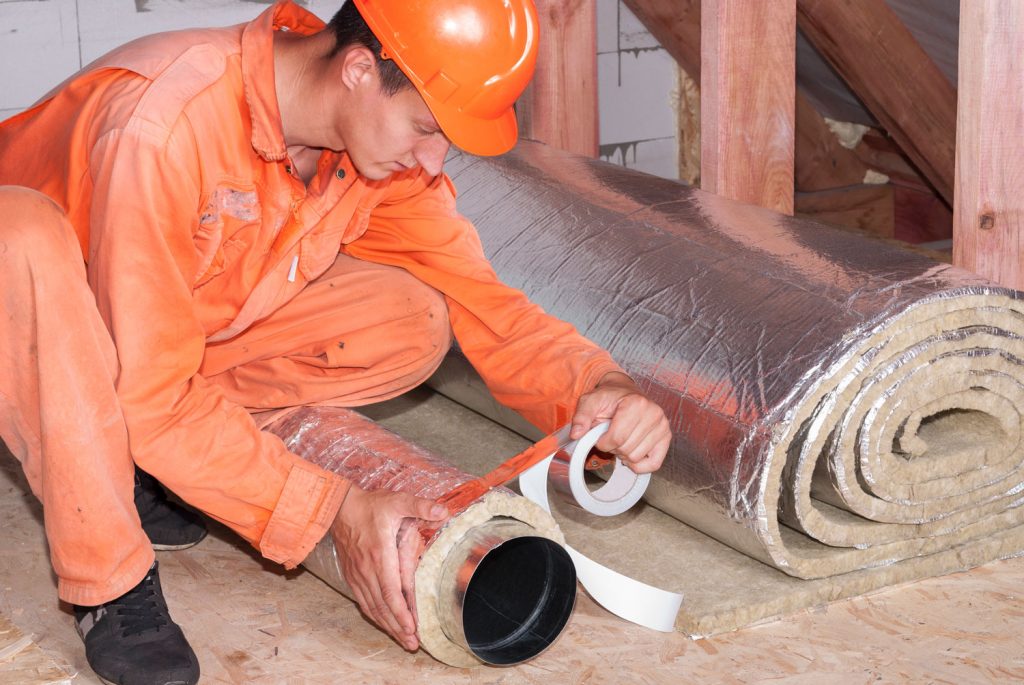
Before insulating a vent pipe in your attic, make sure to pay attention to certain safety precautions like wearing fully-covered clothing and a respirator. Also, use heat-resistant solutions to reduce the risks of creating fire hazards from the installation. If you feel that you’re not up to the task, ask for help from professional installers.



